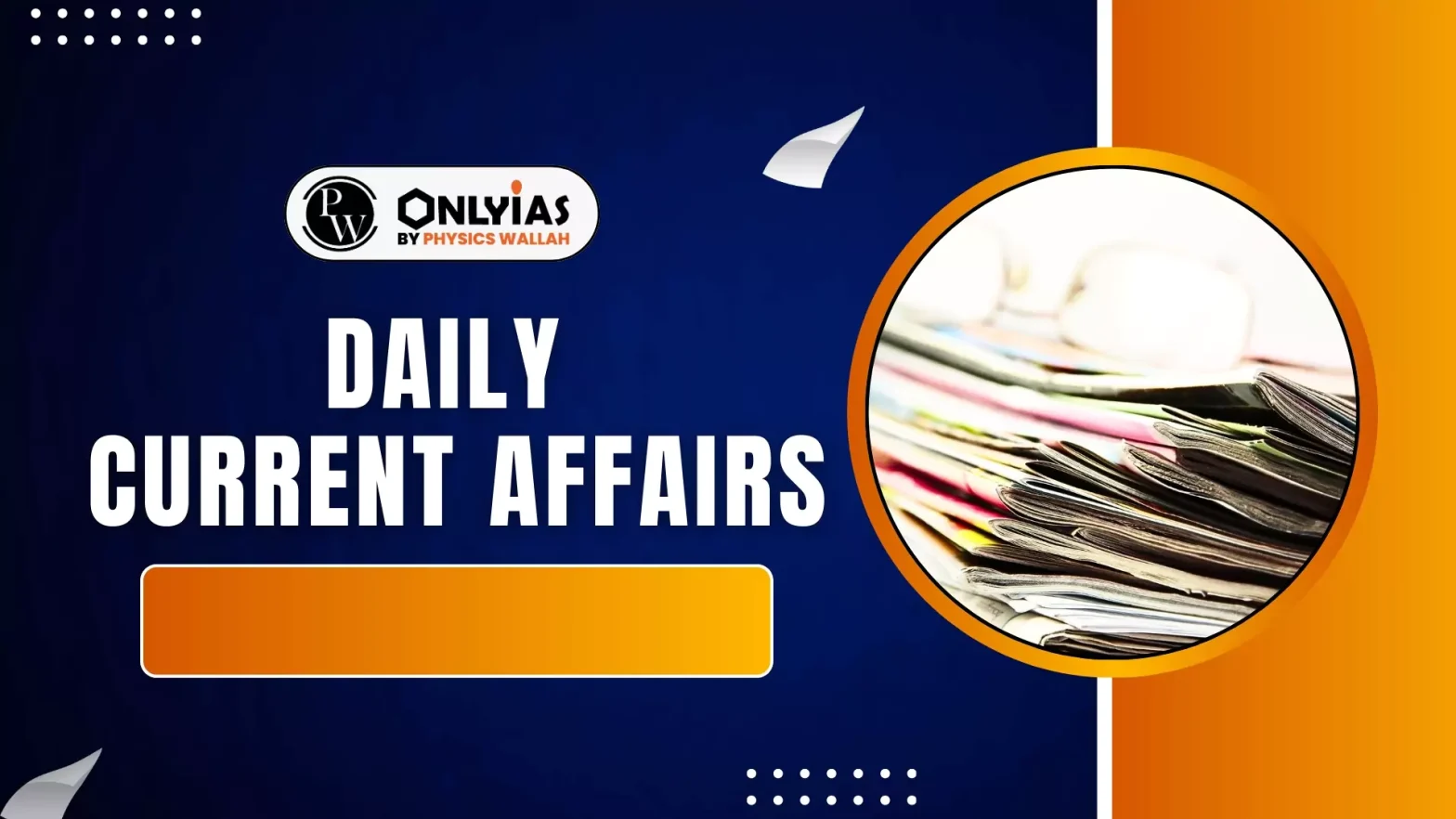With Cabo Verde and Saint Kitts & Nevis completing ratifications during PrepCom II, the High Seas treaty now requires only six more ratifications to enter into force. Following this, the First Conference of the Parties (COP1) is anticipated in late 2026.
About the Preparatory Commission
- Mandate: Established by the UN General Assembly to prepare for the High Seas Treaty’s entry into force and the first Conference of the Parties (COP).
- Importance: Defines operational rules, institutional bodies, and financial mechanisms to ensure protection of two-thirds of the world’s oceans.
- PrepCom I (April 2025): Initiated discussions on treaty implementation, focusing on rules, governance, and funding.
- PrepCom II (August 18–29, 2025, New York): Over 200 delegates from governments, civil society, and international organisations gathered to continue negotiations and refine proposals.
Key Discussions at PrepCom II
- Rules for COP Meetings: Debated frequency, observer participation, voting procedures, and representation of small island and least developed states.
- Scientific and Technical Body: Draft model shared; discussions included Indigenous knowledge, gender balance, and regional representation.
- Secretariat Location: Belgium and Chile offered to host; the decision to be guided by fairness, openness, and effectiveness.
- Financial Arrangements: Considered partnership with Global Environment Facility; proposals for two new funds — one for conservation, another to support developing countries’ participation.
- Clearing House Mechanism: Agreed on the need for an online data and training platform; Composition of the expert group left unresolved, deferred to next session.
What are High Seas?
According to the 1958 Geneva Convention, high seas are ocean areas lying beyond the jurisdiction of any state. They extend past a nation’s Exclusive Economic Zone (EEZ), which typically reaches 200 nautical miles from its coast.

Significance of High Seas
- Vast Coverage: Covers more than 64% of the oceans and 43% of Earth’s surface, hosting nearly 2.2 million marine species and trillions of microorganisms.
- Environmental Regulator: Absorb 25% of global CO₂, produce half of the world’s oxygen, and balance the climate by distributing heat.
- Resource Reservoir: Provide seafood, minerals, genetic resources, and medicinal compounds vital for human use.
- Biodiversity Hub: Support rich marine life, including species still unknown to science.
- Challenges: Lack of ownership leads to overfishing, biodiversity loss, plastic dumping (17 million tonnes in 2021), acidification, and pollution.
|
What is the High Seas Treaty?
- The UN High Seas Treaty, adopted in March 2023, is a global agreement to regulate ocean areas beyond national Exclusive Economic Zones (EEZs).
- It is an international treaty under the United Nations Convention on the Law of the Sea (UNCLOS)
Key Objectives of the Treaty
- Marine Protected Areas (MPAs): Create protected zones to conserve biodiversity, regulate activities, and achieve the 30×30 target—protecting 30% of oceans by 2030.
- Equitable Benefit Sharing: Guarantee fair access to benefits from commercially valuable marine genetic resources.
- Environmental Impact Assessments (EIAs): Require EIAs for projects that could harm marine ecosystems, including those within national waters.
- Capacity Building & Technology Transfer: Support developing nations with knowledge, technology, and resources for sustainable use and conservation.
Signing & Ratification
- Global Status: As of August 2025, 141 countries have signed the High Seas Treaty.
- Ratification: So far, 54 countries have ratified it.(Minimum ratification required is 60)
- India’s Position: India signed the treaty in 2024, but has not yet ratified it.
Future Roadmap
- Textual negotiations to begin at PrepCom III (March–April 2026).
- Operational details to be finalised ahead of COP1.
- Delegates termed PrepCom II successful, marking progress on rules, institutions, and funding despite pending issues.
![]() 3 Sep 2025
3 Sep 2025

